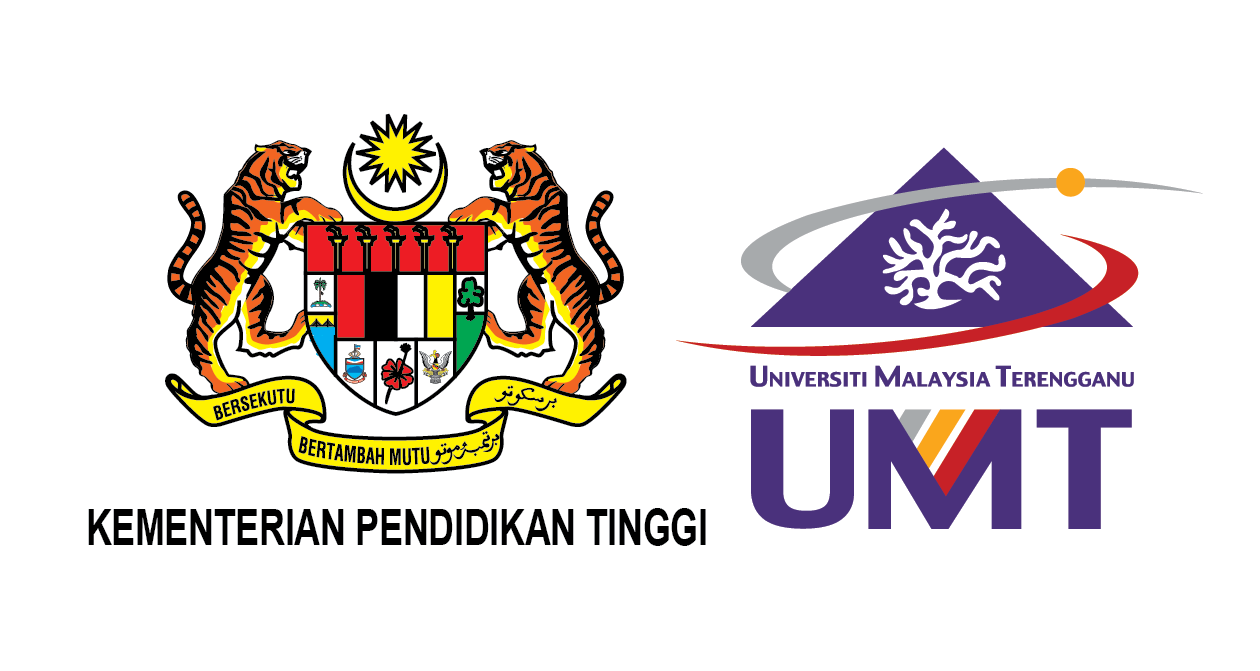Please use this identifier to cite or link to this item:
http://umt-ir.umt.edu.my:8080/handle/123456789/10924Full metadata record
| DC Field | Value | Language |
|---|---|---|
| dc.contributor.author | Nur Sakinah Amirah Rosli | - |
| dc.date.accessioned | 2018-11-29T01:40:22Z | - |
| dc.date.available | 2018-11-29T01:40:22Z | - |
| dc.date.issued | 2013 | - |
| dc.identifier.uri | http://umt-ir.umt.edu.my:8080/xmlui/handle/123456789/10924 | - |
| dc.description.abstract | Complex system design is increasingly adopting risk and reliability analysis for safety, efficiency and sustainable development purpose. Approach population and urban development expand in landscape island countries or countries with long coastlines, city planners and engineers resort to land reclamation to ease the pressure on existing heavilyused land and underground spaces use risk based design for reliable purpose. Risk based design has also been used on system that use fill materials from seabed, system hills, deep underground excavations·, and even construction debris, engineers are able to create relatively vast and valuable land from the sea. Through risk based design of aquaculture industry is one of the fastest producing sectors in the world. Seaweed farming has become an economically important natural resource for Malaysia since 1978, when it was first introduced to Sempoma, east coast of Sabah on a commercial scale. It has develop the aquaculture activities in Sabah as a second largest contributor from marine aquaculture which produce 60% from total value of exported fisheries product at RM114 million (1994-1997). Considerable interest exists in developing open ocean aquaculture in response to a shortage of suitable, sheltered inshore locations and possible husbandry advantages of oceanic sites. Adopting the concept of very large floating structure in aquaculture farming in offshore environment is like to produce more aquaculture product like seaweed. All being property and support for growing aquaculture industry. Risk analysis study of offshore aquaculture ocean plantation system is very important to determine the system functionality and capability that meet sustainable and reliability requirement. The research qualitatively assesses system risk and quantifies mooring failure probability, maximum force and required number of mooring as well as associated cost. | en_US |
| dc.language.iso | en | en_US |
| dc.publisher | Universiti Malaysia Terengganu | en_US |
| dc.subject | LP 34 FMSM 1 2013 | en_US |
| dc.subject | Nur Sakinah Amirah Rosli | en_US |
| dc.title | Risk and reliability analysis study of offshore aquaculture ocean plantation system | en_US |
| dc.type | Working Paper | en_US |
| Appears in Collections: | Fakulti Pengajian Maritim dan Sains Marin | |
Files in This Item:
| File | Description | Size | Format | |
|---|---|---|---|---|
| LP 34 FMSM 1 2013 Abstract.pdf | 725.88 kB | Adobe PDF | View/Open | |
| LP 34 FMSM 1 2013 Full text.pdf Restricted Access | 8.09 MB | Adobe PDF | View/Open Request a copy |
Items in UMT-IR are protected by copyright, with all rights reserved, unless otherwise indicated.

